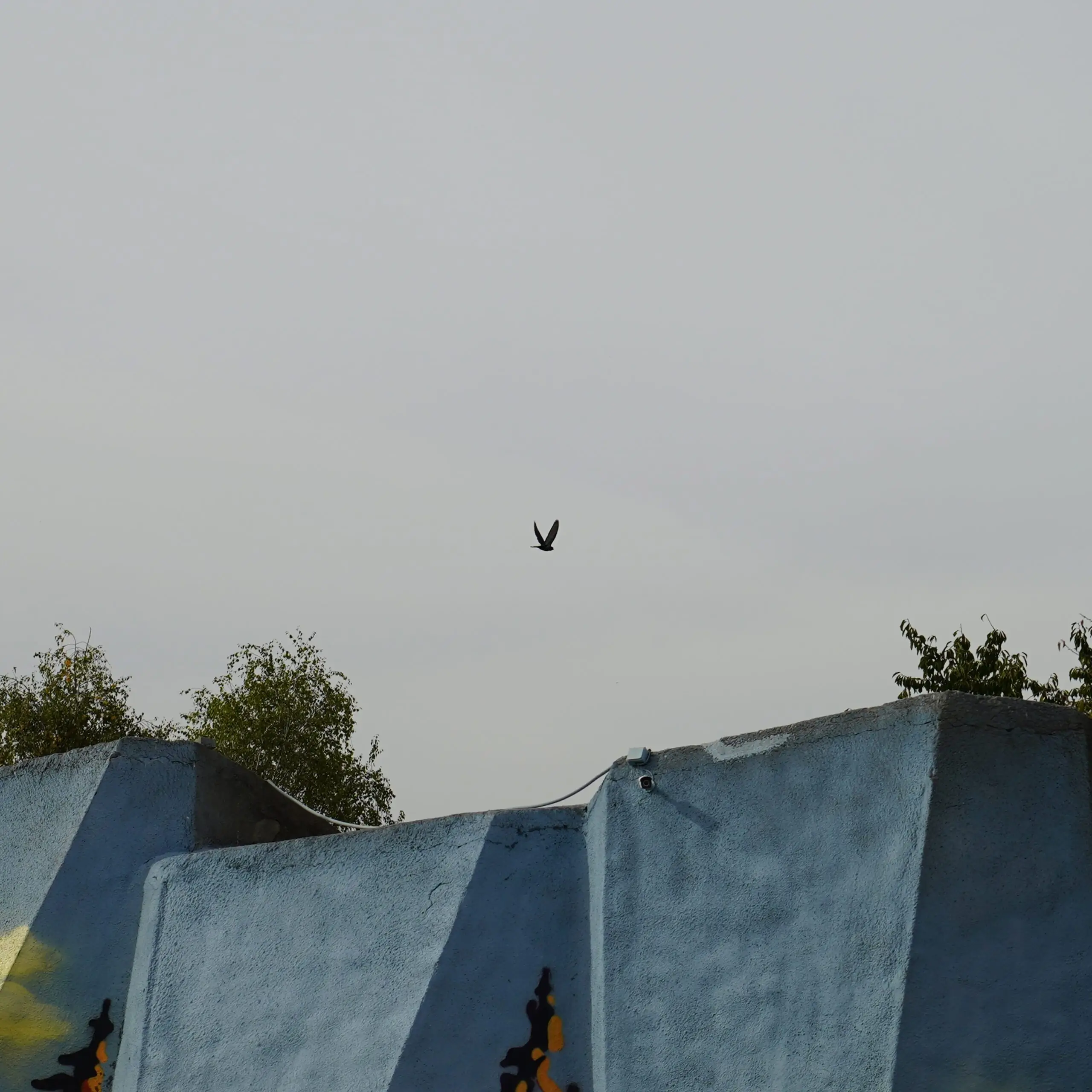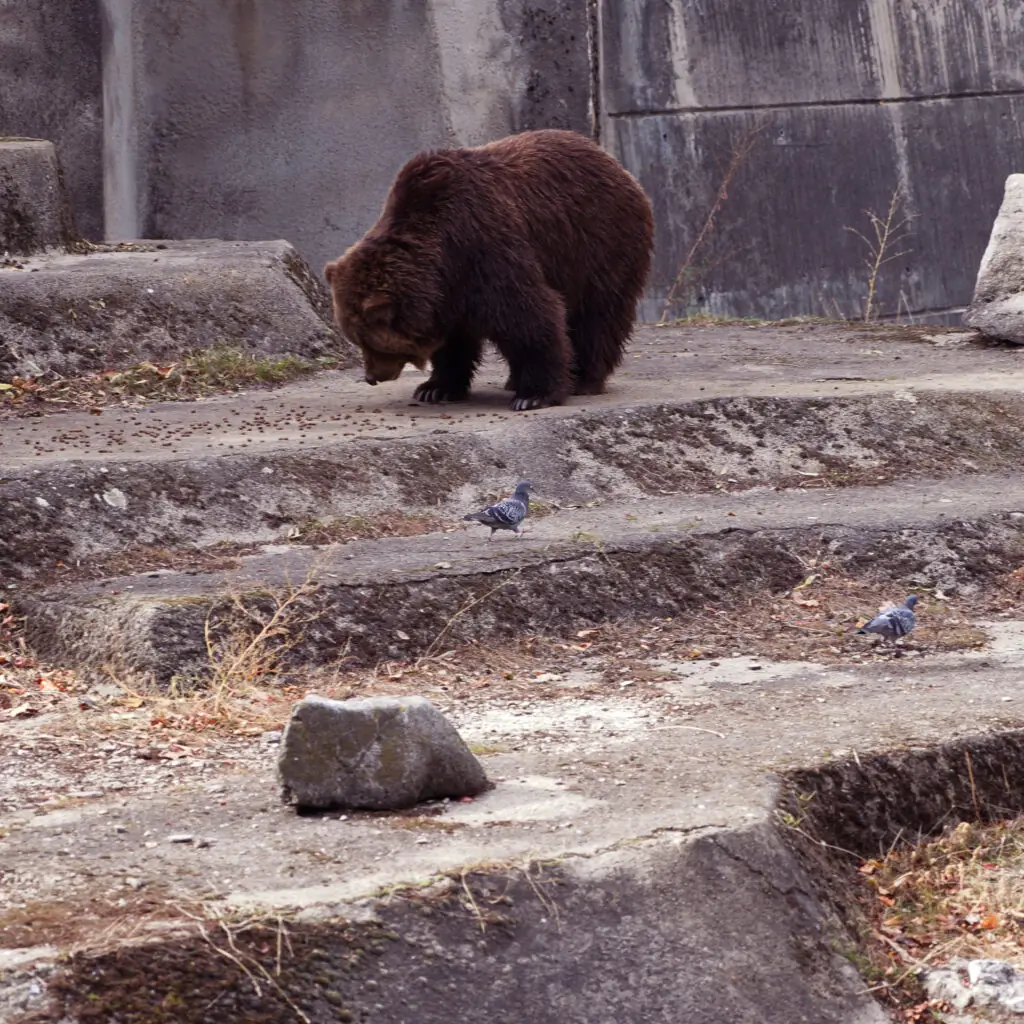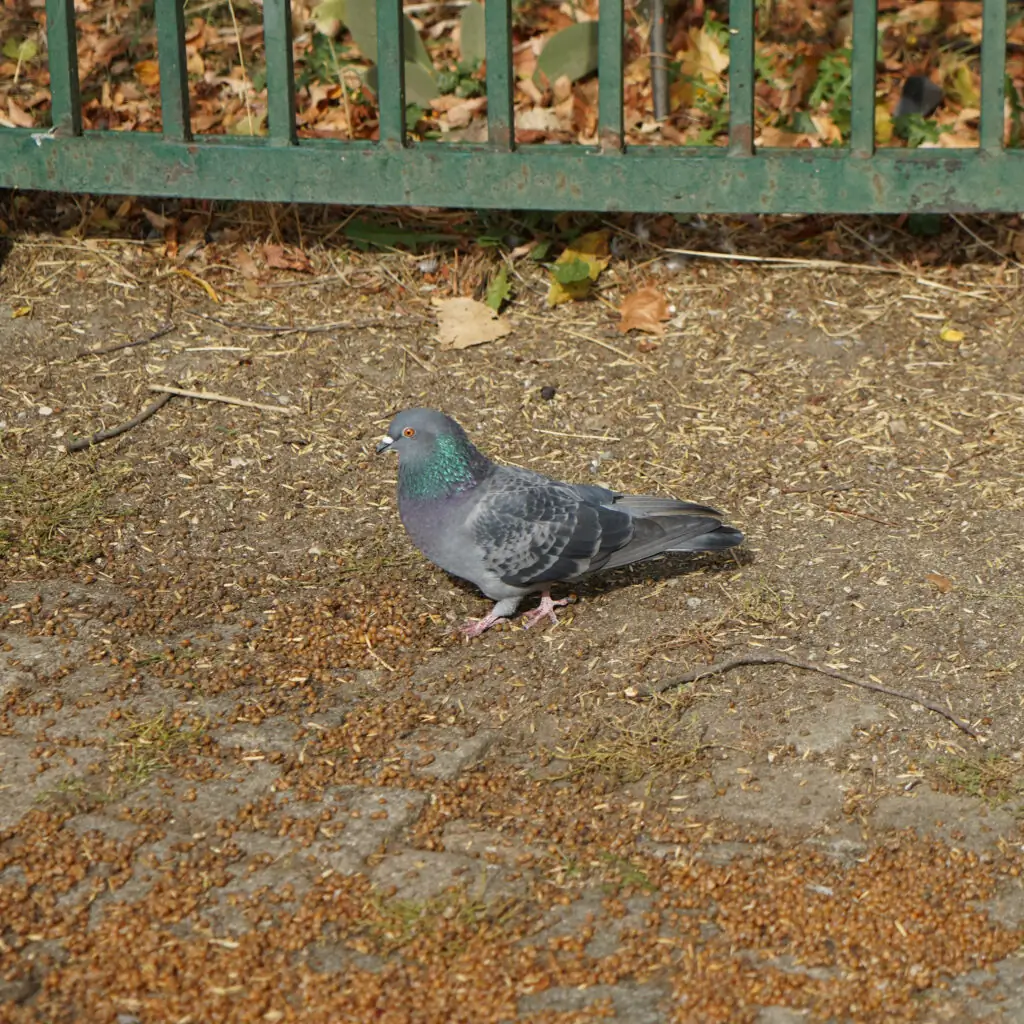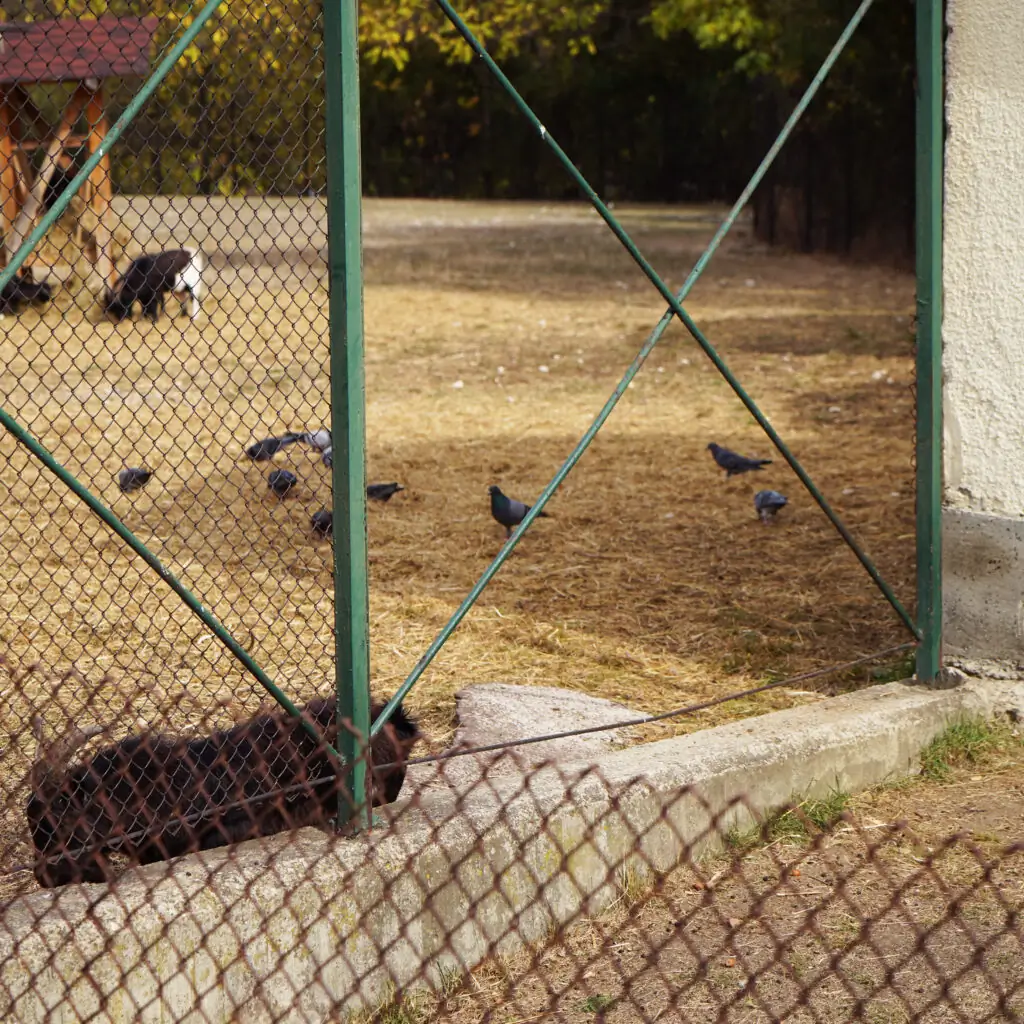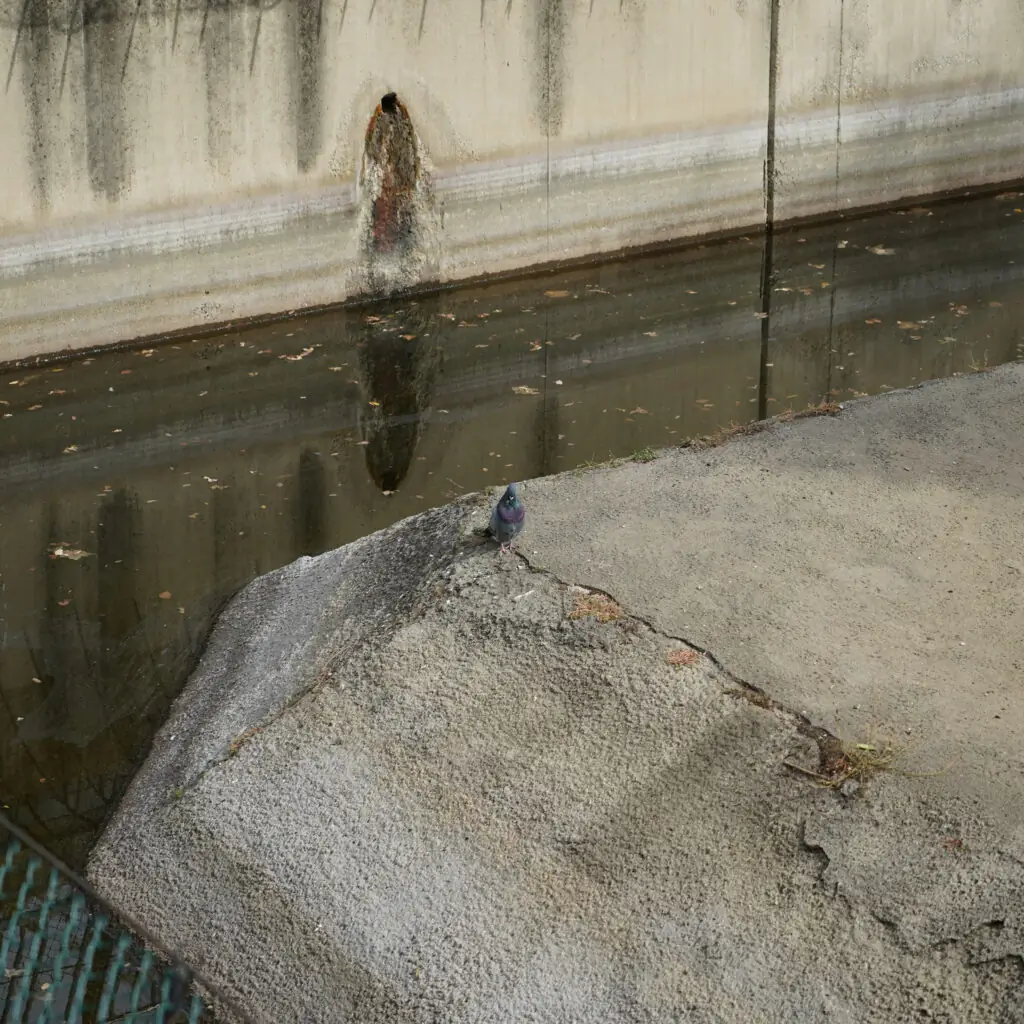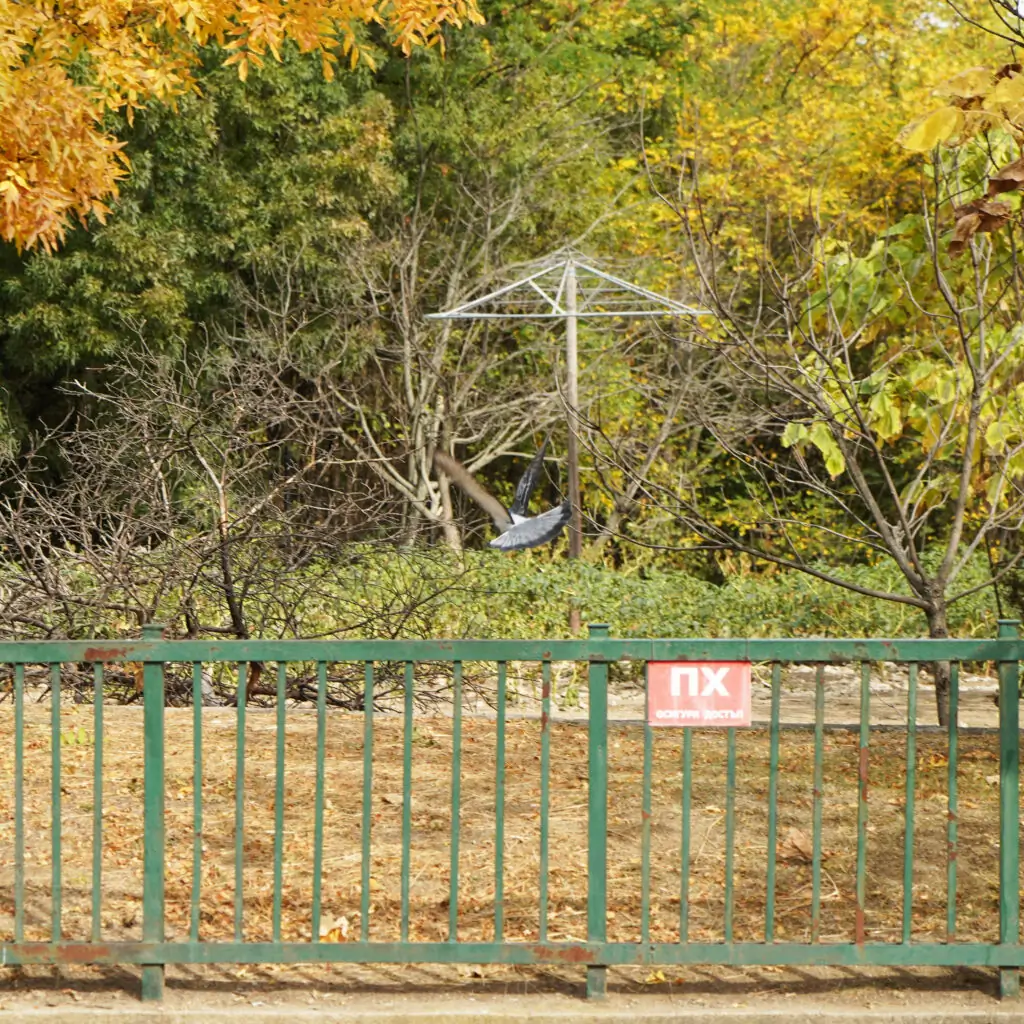what do pigeons dream about | 2023-ongoing
When speaking of freedom we primarily think of two things: beings that are in one way or another repressed, enslaved, limited, etc., and those that are not. This dichotomy of freedom which exists only through one’s negotiation of one’s own unfreedom is exclusively a human taste of reality.
A zoo would, in this reality, be a perfect example of the binary in question. Imprisonment of the objects gives the birth of freedom as we know it. For privileged subjects to attain it, there must be a form of captivity, cage, border, or simply a line that separates and imposes division. A line that is, between nature and humans, barbaric and civilized, wild and tamed, and similar. In other words, to be free one must first not be un-free by the standards of the anthropocentric subject. If you could, however, somehow cross this imaginary border and ask the animals, or stones, or grass, or ice cream and popcorn trucks, or any other object in the zoo why do they exist, or, why are they here, the response we could imagine would be simply: because of humans.
This proposes there are objects which are larger or smaller, or whose existence can be under or overmined in favor of the existence of other objects. This is not just dangerous as it imposes the accumulation of the power of the ones over the others, but is simply not true: there is no difference of any kind, on the ontological horizon, and no privilege either.
If we were to pose the same question to the pigeons in the zoo, we couldn’t be sure about their response, but we can be certain their answer would not be related to humans, but would maybe go in another direction: “We are here because we can be here, and not somewhere else.” Furthermore, their very idea of freedom wouldn’t exist on the same binary between those who are imprisoned and those who are not. Their freedom is not just different, it is contingently different than the one we are taking part in. Pigeons in the zoo, their movement, way of being, interacting with other objects, or refusing to, is an opportunity to think of genuine forms of freedom. Those which are relaxed from humanized, anthropocentric, imposed narratives and projections. Their existence in the zoo is not negotiated via the standardized frame of “the humans inability to comprehend aggressive unconscious tendencies, urges or inner objects within society, which are then given to the imprisoned animals to perform”. For psychoanalysis, animals inside or outside captivity are always inside or outside human perception or desires of confirming oneself as a firm subject inside the reality we are a part of. Pigeons in the zoo, on the other hand, are neither visitors, nor workers, excited children, or disappointed animal rights activists. They exist, one might say, neither free nor not free. Their movement is not compromised by the net, or the rope, or the metal bars, or the stone alley, or the ice cream shop.
They are just free.
This perspective could be a small window into the unknown ways of being, not yet conceivable relations of oneself towards the being of others, and maybe into unpredictable, contingently different future, and with it genuine forms of freedom.
